This blog is based on Torund Bryhn’s presentation Wednesday 19th June at TCCS-10. Authored by Torund Bryhn and Chloe Combi.
Alexandra Bech Gjorv, CEO of Sintef stated at the TCCS-10 Awards Dinner, “We might need to reassess and use return instead of storage and change the name of TCCS-10.” She is correct in her assessment. Carbon Capture and Storage (CCS) is not reaching the public. But with the right words, could it reach the public en masse?
This is the story of Return CO2 and why it might have the power to successfully realize carbon capture, transport and storage.
Learn more about CCS
Join our newsletter to stay updated with all the latest research results and news from NCCS: The Norwegian CCS Research Centre.
What is the outlook of Carbon Capture and Storage (CCS) as it stands today?
At the TCCS-10 conference we are cautiously optimistic at the possibility of turning this around and seeing CCS become a globally key issue. But this requires us to ask ourselves difficult questions: How do we ensure CCS doesn’t become the latest trendy fad? and most important – Can we really make CCS recycling realized and successful?
The signs look positive. Chancellor Merkel recently stated that CCS is necessary, Minister Claire Perry setting up a CCUS Cost Challenge Task Force and the Norwegian Ministry continue to show signs of support by adding funding in the 2019 revised budget to support the exploration of storage location, in partnership with Equinor, Shell and Total.
As it currently stands, the likelihood of not meeting the CCS goals is eminently possible. We have seen this before where twelve CCS projects were promised to be up and running in 2015 but was cancelled by EU, along with other cancellations including Grangemouth in the UK, ROAD in the Netherlands and Mongstad in Norway. Between 2010 – 2018 thirty-five CCS projects were cancelled worldwide – a state of affairs we are working hard and creating pressure not to see repeated.
This state of affairs has raised two key questions: Could one of the key factors in CCS not yet being realized be about language? and Are the words being currently used acting as barriers to the realization of CCS?
How we talk about CO2 storage affects how we act on CO2 storage
As a wordsmith by trade, I came to learn about CCS in 2008 when I worked for AGR Petroleum, an oil services company that were experts on CO2 storage. It was so exciting to learn that the same men and women that find and extract oil – the geologists, reservoir and petroleum engineers – could be part of the solution. And actually, help find solutions to store CO2, as well as use solutions such as EOR – this was quite exciting and inspiring. Since then I have been captured by this important work.

What I quickly found out when I started working for Gassnova as the Communications Director, with the mandate to help the media and public to understand and report on the progress of CCS in Norway, was that that words that describe CCS were riddled with acronyms and misleading terms.
The challenge that we have seen with CCS, or to make it even more complicated; CCUS, is that we need to simplify so that we capture the heart of the issue and what it is we do.
The Power of CCS-Safari
In 2017, when I was at Gassnova (the Norwegian state enterprise with its mission to realize CCS in Norway) we worked with BI Norwegian Business School and Norwegian communications leaders within CCS to create new enthusiasm for CCS with new words. We had resounding success on the first try when we pitched to the media to join a “CCS-Safari,” which is basically a tour of the CCS facilities in Norway. It was not just the word CCS-Safari, but the tone and enthusiasm we created around CCS.
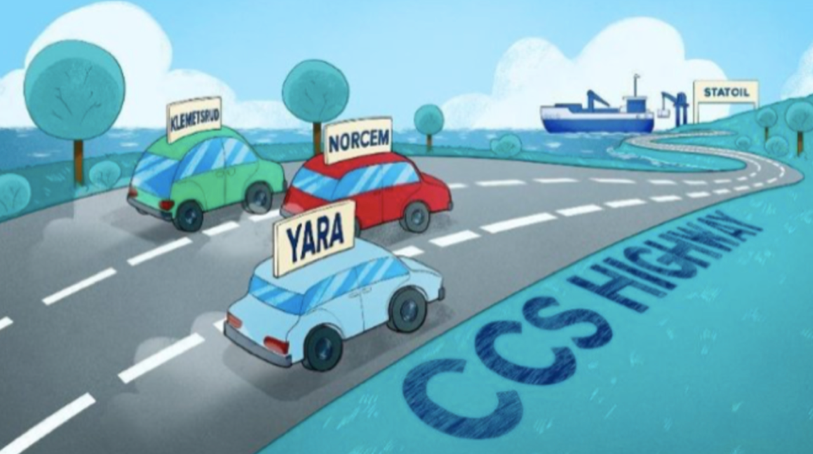
This change in style and wording ignited international media, including the Global Environmental Editor Jonathan Watts of the Guardian coming for three days to learn about CCS, as well as Telegraph and with later safaris media from the US, Netherlands, Germany. They travelled to Norway to learn about the CCS Highway i.e. the Norwegian CCS infrastructure. What was interesting is that after a half day on the tour, the journalists were comfortable using the words by the CCS community. They were now adept at explaining this to their readers and converse with the scientists.
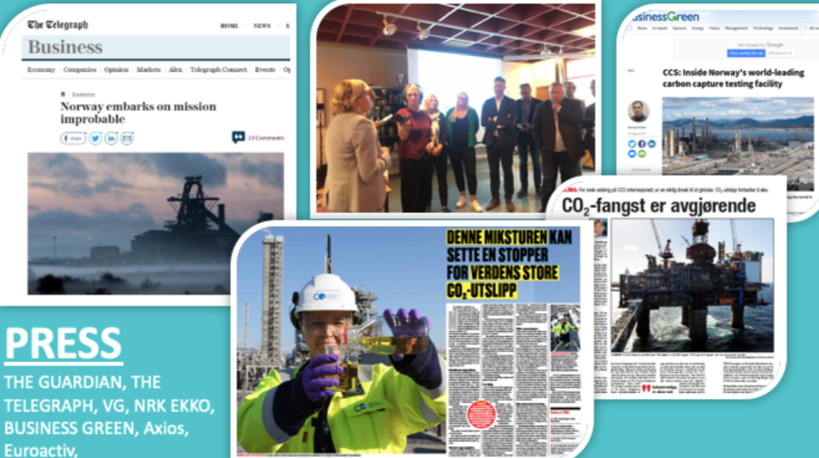
This was encouraging. Just by adding a word that told a story, that provided optimism was enough to generate such enthusiasm for CCS.
What would happen if we took the time to find additional words to help ignite the public for CCS?
The “Teach Gassnova to talk Norwegian” campaign
Since this discovery at Gassnova, I was given the leeway to combine the research with a communications campaign targeted toward the local commuity where Gassnova is headquartered. We worked with the General Manager Einar Håndlykken, the former founder and leader of Zero, the Norwegian environmental organization. Einar through his leadership has created Norway’s leading environmental football club (Odd football club) and would argue is Europe’s most Environmental friendly club with solar panels and with multiple incentives for the fans to recycle, to bike to the games, as well as electric loading stations to encourage the fans come to the club in their electric cars.
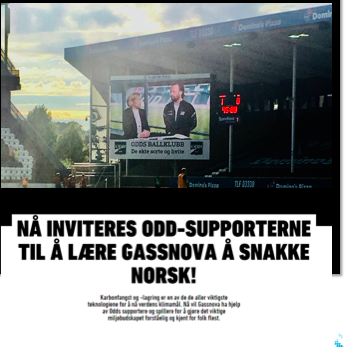
We decided with Einar to conduct three focus group sessions and recruit the football fans and players through a marketing campaign with the tagline, “Teach Gassnova to talk Norwegian.” During the focus group sessions we showed multiple films and tested various words.
Simple words are not enough
This research was presented at the IEA GHGT-14 with the conclusion that having simple words to ignite interest is not enough, there needs to be a journey i.e. from the simple and attention getting words to the depth of the knowledge about CCS.
The favorite film for all the groups was from Rotterdam – A film that shows CCS in Netherlands and goes from layer to layer, from the simple to the complex, about CCS. The second key comment was that the respondents wanted more words that fit their everyday. And lastly, they wanted words, phrase and stories that captured their attention. They especially like the test film that compared climate change to being sick. We depicted that world as having a fever and just like humans when the temperature goes up a little like humans the world goes into disruption from hot to cold.
New phase of research project
These discoveries increased interest in researching CCS and language, and I decided, with the blessing from Gassnova, in November 2018 to continue with the research as in independent organization. Since then I have been in conversations with leading companies such as Equinor and Shell to ensure what our research has impact.
What became apparent quickly through our conversations was that new language was needed.
I worked closely with Emil Yde Aasen, a Mechanical engineer/Business developer that works for Shell and is part of the Northern Lights Project via Equinor. Emil had worked for a year with The New Oil Camgian by Norwegian Oil and Gas Association (2016 – 2017) where he was part of interviewing 11 000 students and leaders to understand how to communicate oil and gas, as well as new energy solutions.
What became apparent quickly through our conversations was that new language was needed. One of the main discoveries we had with the Odd Football fans and players in focus groups was that 90% of the respondents did not know what CCS was. They stated it was complicated and difficult to understand and not interested in the issues as it seem too esoteric and not concrete enough to make it happen.
90% of the respondents did not know what CCS was
Focus on Generation Z and Millennials
With this in mind, I partnered with author and world leading expert on Generation Z, Chloe Combi, to focus the next stage on Generation Z and the younger Millennials. We used her methods and conducted two focus groups with the students at BI School of Business Management. The groups were composed half Millennials and the other half Generation Z.
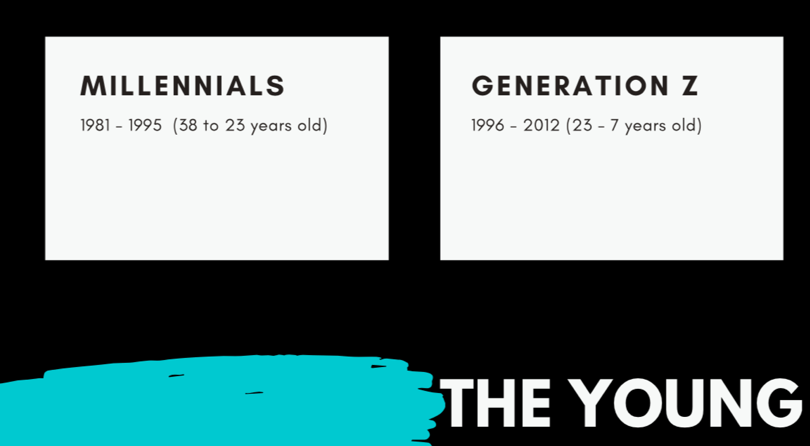
“it sounds science fiction and that it will never happened in our lifetime.”
We had unanticipated success. First, we learned that CCS as a word was too scientific. As one respondent said, “it sounds science fiction and that it will never happened in our lifetime.”
CO2 storage (does not) equal explosion
Second, we went in-depth about storage as there was resounding agreement that storage does not work. Several of the respondents associated the word itself with risk and danger. One respondent stated that she associated storing of CO2 underneath the ground with that the CO2 would eventually explode.
When she stated this, it became clear that the unanimous opinion of the group was that storage was associated with possible explosion – an association that obviously wasn’t going to produce a positive impression of the campaign.
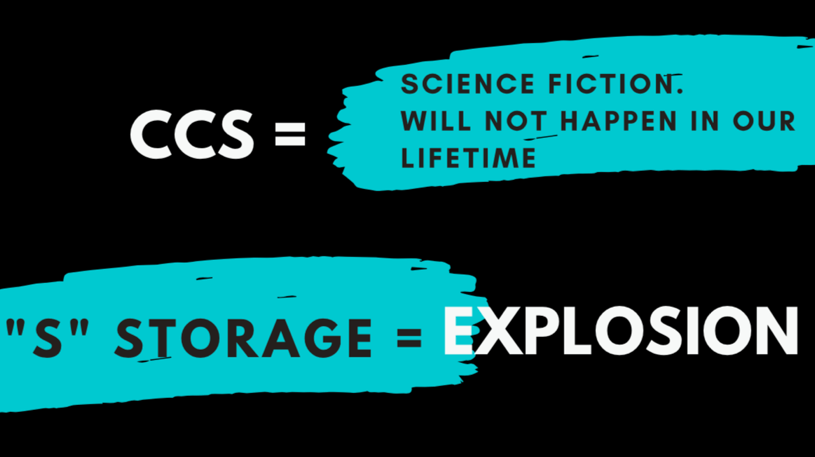
We took extra rounds out of questioning to understand why storage had such negative connotation. The reason is that it does not seem logical that you can store something like a safe underneath the ground. Eventually, nature will ensure it leaks or explodes.
Most of the respondents veered toward the idea that it would eventually explode. They went on to explain that the image CO2 storage generated for them was inserting CO2 into a hole. If the hole gets filled up with CO2 that this adds pressure, just like putting too much CO2 in a bottle (for example, CO2 soda) – something that will inevitably explode in time.
With this finding we tested the word ‘return.’
We added a logo and put ‘Return CO2’ underneath. They thought the word return explained storage well. And in fact, this is more accurate in that when we return, some of the CO2 migrates and becomes part of the formation, not all of it is stored within the formation. All the respondents agree return is better than storage.
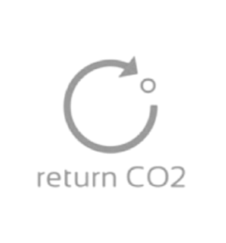
analogy of returning CO2 to the Earth for positive transformation made complete sense to them.
Generation Z and millennials have a strong ideological and ethical commitment to the notion of returning things to their rightful and original owner, and so the analogy of returning CO2 to the Earth for positive transformation made complete sense to them.
From Return CO2 to Recycle CO2
What was interesting is that the respondents liked return to explain CCS – but they wanted more. They wanted a word that ignites and becomes the headline – like CCS-Safari. They wanted a word that ignited passion and interest for CCS. The respondents came up with the word Recycle CO2 that would not only explain CCS, but the all the key components that is part of processing CO2.
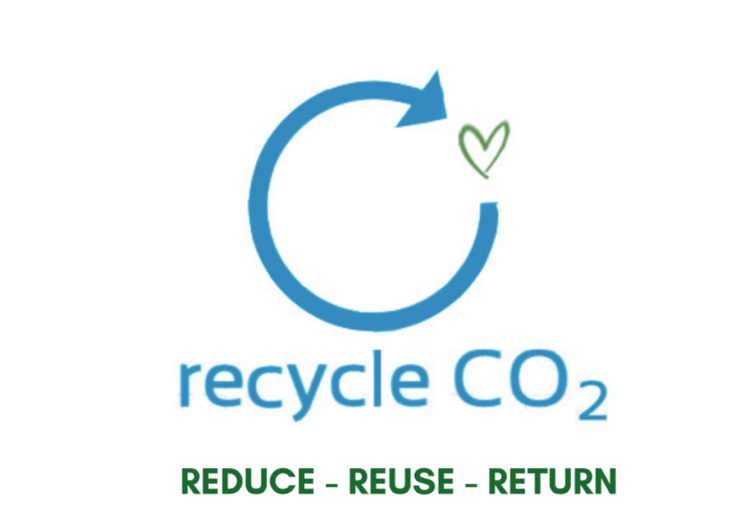
As one student stated, “if you add Recycle CO2 to the logo, I will buy the t-shirt”. Everyone agreed and this one word created such enthusiasm that 90% of the respondents wanted to be actively engage and promote Recycle CO2. Two weeks after this session, one of the students that works for the BI School of Management requested this logo and wanted to add it to the T-shirt that will be handed out to all the students this coming August 2019.
“if you add Recycle CO2 to the logo, I will buy the t-shirt”
UK and the response
With this enthusiasm, Chloe investigated how the response would be in the UK. Chloe has interviewed 10 000 Gen Z’s over a four-year period and has a method of continually updating herself by interviewing 200 kids per month.

Through her calculations, we could with a three-month campaign led by Generation Z recruit 10 000 kids. Because the response to the language and understanding of the issue had been so high in Norway, there would be an equal and greater response in other countries, including the UK, with the right kind of PR, pressure and press.
there would be an equal and greater response in other countries…with the right kind of PR, pressure and press.
Chloe has been very successful in accessing and glavanzing Generation Z over a large number of issues, and really has her finger on the pulse of what is motivating them. This is a generation fully aware that their future is bleak unless there is very rapid changes – and CCS Recycling will be part of the change they all want to see.
Why Recycle CO2 and Return CO2 works.
Generation Z recognize that environmental issues are the most important and must take precedence over any other, because as Richard, 16, identified: “nothing, not housing, jobs, voting, equality, good schools, good hospitals will matter if we don’t have a healthy planet for them to exist on.”
Generation Z are the first generation to really recognize the urgency of fixing the planet now, not least because they (and their children) will be the ones who have to live on this planet. However the magnitude of this task is daunting, and has to be managed. CO2 Recycling really resonated with Generation Z because it is a problem with an inbuilt solution that we and they can see realized by applying pressure on the powers that be. We have to help them realise this achievable goal and what will be a major win for their future.
How to Communicate Recycle CO2 and Return CO2
Communication is one of the most vital aspects of the modern age – and one of the most challenging. In the stadium of noise that is modern communication – how do you become the voice and the message that breaks through?
CO2 Return is the solution and the message!
Quite simply you have to be best, most impactful, easiest to undersand, and the one that excites. We have invested significant research into the efficacy of the CO2 Return message, and can confidently predict over the next two years, with our continuing work, it will go from niche to viral. CO2 Return is the solution and the message!
It’s about both what and how you say it.
We want Generation Z to understand what we’re saying, but we also want them to remember it, say it themselves and pass it on through their multitudes of channels – in other words, the aim is to enter the Gen Z Lexicon!

Like any other generation before them, Generation Z have their own language and forms of communication. Theirs is a language of new words (you want to be “lit”), Gifs, emojis, memes, acronyms, hashtags, vlogs, and blogs. The purveyors and communicators of the language are influencers, YouTubers and agitators. And the best means of communicating language and message is via video content, social media stories, and ideas that are easily accessible and will excite all. Long gone are the days where you need expensive PR and advertising campaigns to communicate ideas – Gen Z like it grassroots and authentic, and they tend to control the medium and the message.
This is why we’re working so closely with Gen Z. They are the first generation to be both the creators and consumers of their media – so if they’ve created it, they are likely to consume it.
We’ve road-tested the concept of Recycle CO2. and Return CO2 and it excited Generation Z from the outset — If it excites ten, then it will excite a hundred, then a thousand, then ten thousand and beyond…
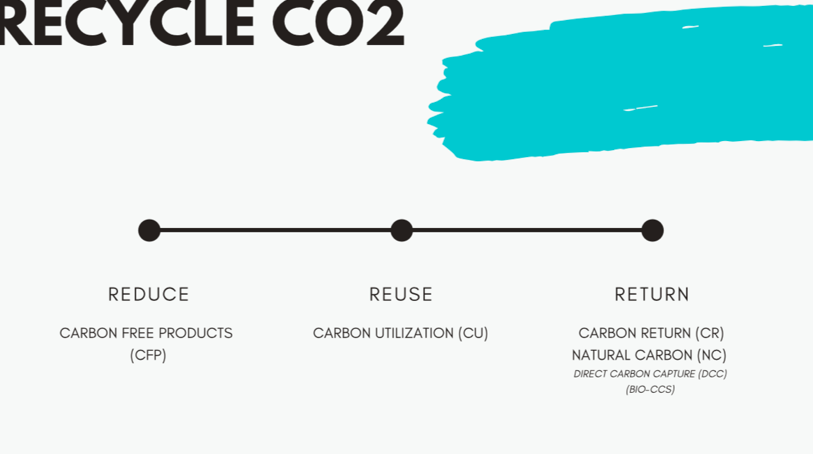
We live in a world of inter-connected networks and none more so than Generation Z. Recyle CO2 with tagline Reduce, Restore and Return as a message and a campaign communicates with Generation Z on a fundamental level – now let’s help them communicate us!
Learn more about CCS
Join our newsletter to stay updated with all the latest research results and news from NCCS: The Norwegian CCS Research Centre.
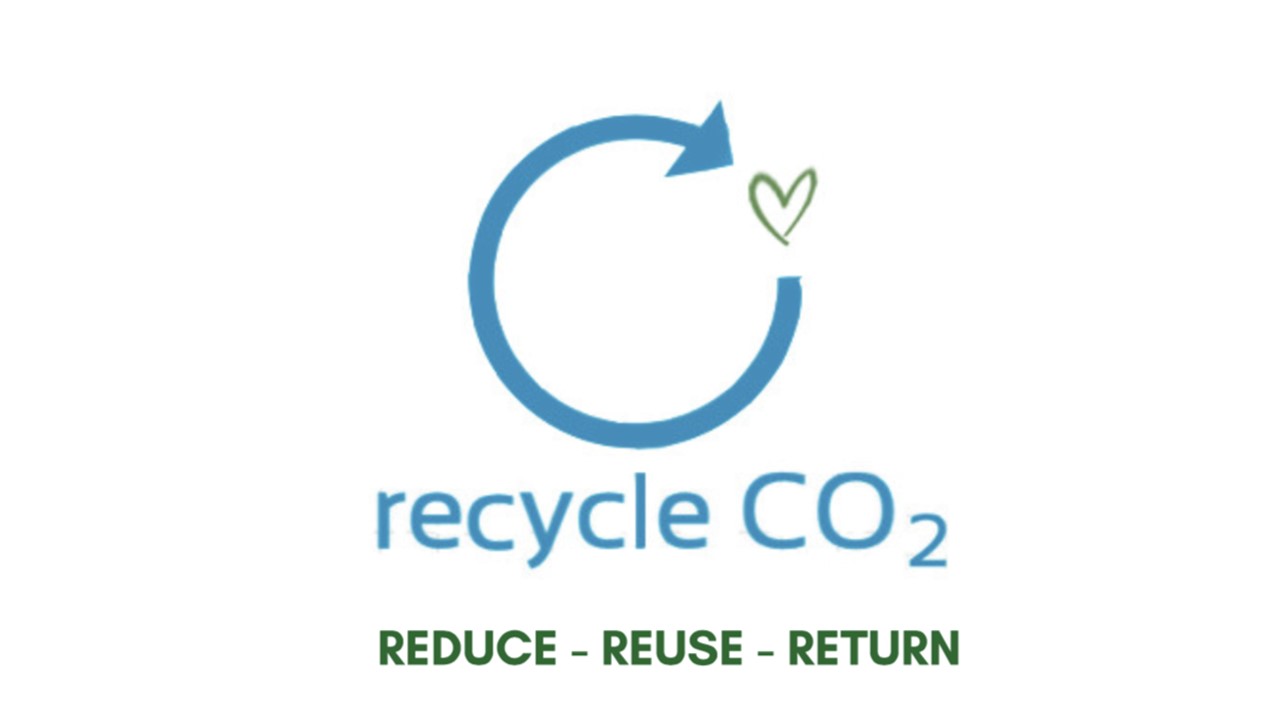







Comments
No comments yet. Be the first to comment!